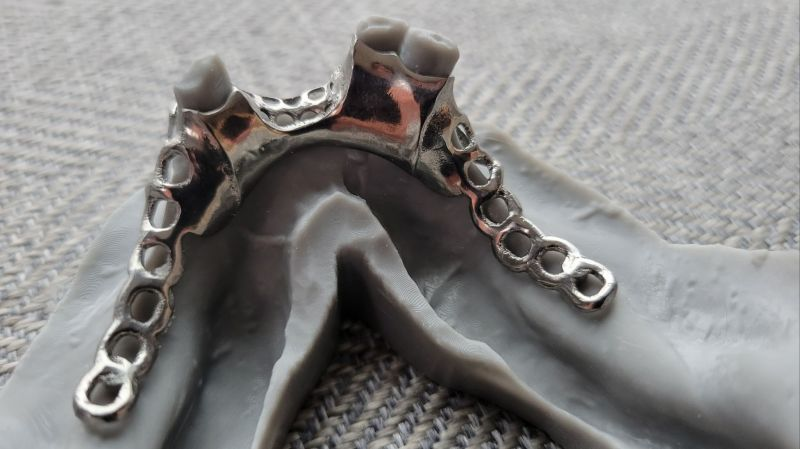In regenerative dentistry and implantology, the success of bone grafts, membranes, and scaffolds hinges not only on what they’re made of—but also how they’re structured. One of the most vital design characteristics in this space is porosity.
But what exactly is porosity, and why is it so crucial in biomaterial design? In this deep dive, we explore how porosity influences tissue integration, vascularization, and long-term success in dental and craniofacial applications.
What is Porosity in Biomaterials?
Porosity refers to the presence of voids or pores within a material. These pores can vary in size, shape, distribution, and interconnectivity. In biomaterials—especially those used for bone regeneration—porosity is intentionally engineered to support biological processes.
There are two main types of porosity:
- Microporosity (<10µm): Important for protein adsorption and initial cell signaling
- Macroporosity (>100µm): Crucial for tissue in-growth, vascularization, and new bone formation.
Why Porosity Matters in Biomaterial Performance
- Facilitates Cell Infiltration and Attachment
Porous materials provide a scaffold for cell migration, allowing osteoblasts and progenitor cells to enter and populate the graft or membrane. This promotes osteoconduction, a key factor in successful bone regeneration.
✅ Clinical insight: Without sufficient porosity, graft materials may remain biologically inactive, limiting healing. - Promotes Vascularization
Bone regeneration doesn’t happen without blood supply. Porosity allows blood vessels to grow through the material—a process called angiogenesis. This ensures delivery of oxygen, nutrients, and immune cells critical for new tissue formation.
✅ Research-backed fact: Scaffolds with interconnected pores > 150µm are particularly effective in supporting capillary growth. - Enhances Nutrient and Waste Exchange
Porous structures facilitate the diffusion of nutrients and metabolic waste, keeping cells alive and within the material. This is especially important in the early stages of healing, before complete integration with surround tissue.
✅ Design tip: Highly interconnected pores to improve the overall biological performance of synthetic and natural biomaterials. - Mimics Natural Bone Architecture
Natural bone itself is porous—especially cancellous (spongy) bone. Biomaterials that replicate this structure are more readily accepted by the body, improving biocompatibility and mechanical harmony with the native bone.
✅ Biomimicry in action: Many modern grafts are designed to resemble the trabecular pattern of bone to trigger a more favorable cellular response. - Optimizes Mechanical Properties
Porosity affects not just biology, but mechanics too. The right balance of porosity ensures a scaffold is both supportive and resorbable. Too few pores = strong buy biologically inactive. Too many pores = bioactive but structurally weak.
✅ Best practice: Choose materials with controlled porosity that match the defect site’s mechanical demands—especially for load-bearing zones like posterior mandibles.
Application in Dentistry
Porosity plays a central role in several areas of dental biomaterial design:
- Bone Grafts
– (eg. alloplasts, xenografts): Porous structure allows for rapid integration and new bone in-growth. - Barrier Membranes
– Certain resorbable membranes are designed with micro-porous textures to support tissue regeneration without permitting bacterial infiltration. - 3D-Printed Scaffolds
– Modern digital workflows allow for customized porosity, tailored to individual patient and defect types.
Emerging Innovations: Tunable and Gradient Porosity
Today’s materials are smarter than ever. Researchers are developing scaffolds with gradient porosity—denser on the outer edge for strength, and more porous internally for biological activity. Some advanced biomaterials even allow in-surgery shaping while preserving their porous architectures
✅ Future-forward concept: 4D biomaterials that change porosity over time in response to healing stages.
Conclusion: Porosity Is Not Just a Feature—It’s a Function
When is comes to designing and selecting dental biomaterials, porosity is not an afterthought—it’s a fundamental factor that governs biological performance, tissue integration, and mechanical integrity. A deep understanding of how porosity works empowers clinicians to choose the right material for each clinical case, improving outcomes and patient satisfaction.

